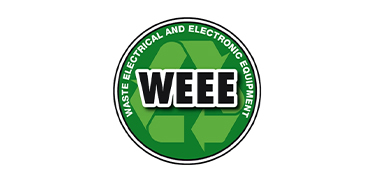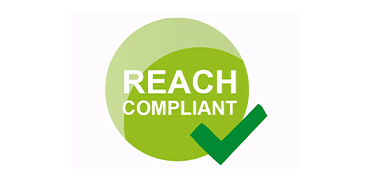







Overview
What is double sided pcb?
A Double-Sided Printed Circuit Board (Double Sided PCB) is a circuit board that has conductive lines, component welds, and other circuit structures on both sides. Unlike single-sided circuit boards only have a circuit structure on one side, while double layer pcb can achieve a more complex circuit structure and higher component density, so they are widely used in many electronic devices.
Manufacturing process
What is the process of 2 layer circuit board?
Order release→Gerber review→MI making→Material cutting→Drilling→Copper plating→Brush grinding→Circuit→Copper tin plating→Film removal/etching→Tin removal→Solder resistance→Surface treatment→Routing→Testing→Finish inspection→finished product warehouse.
1. MI cutting: According to the customer's manufacturing instructions, large boards are edged and cut into suitable small sheets.
2. Drilling: Drilling conductive holes or plug-in holes on the board according to the computer drilling program.
3. Copper plating: A thin layer of chemical copper is deposited in the drilled hole, the purpose is to chemically deposit a layer of copper on the non-conductive epoxy glass cloth substrate (or other substrate) to facilitate the formation of a circuit after electroplating.
4. Full plate copper plating: mainly for thickening protection of the thin layer of chemical copper to prevent its oxidation in the air, forming holes without copper or holes.
5. Circuit (graphics transfer) : Paste a dry film on the board or screen printing on the graphics anti-plating ink, after exposure, development, to make the circuit graphics.
6. Graphic plating: Circuit thickening copper plating is carried out on the board that has done the graphic line, so that the copper thickness in the hole and the circuit reaches a certain thickness, and a certain current can be loaded.
7. Etching: Removing graphic ink or dry film to etch off excess copper foil to obtain conductive circuit pattern.
8. Tin removal: The tin layer on the formed pattern is removed to expose the desired circuit.
9. Screen printing solder resistance ink or solder resistance dry film: a layer of solder resistance ink is printed on the board, or a layer of solder resistance dry film is exposed and developed to make solder resistance graphics, the main purpose is to prevent short circuit between circuits during welding.
10. Immersion gold/LF HASL: Deposit gold or spray a layer of tin on the plate where welding is required to facilitate welding and prevent oxidation of the copper surface there.
11. Silkscreen: Some iconic characters are printed on the board, mainly to facilitate customers to install components.
12. Routing: The shape of the board is machined according to customer requirements.
13. Electrical test: Detect whether there is an open short circuit in the PCB by closing the circuit.
14.FQC/ packaging: inspection board shipment, quality qualified circuit board arrangement to customer delivery.
The above is a complete set of two layer pcb board production process, although the circuit board is divided into single-sided PCB board, 2 layer pcb board and multi-layer pcb board because the number of layers is different (mainly 4-layer pcb board, 6-layer pcb board and 8-layer pcb board), but the production process is still much the same.
+86-18925293263








